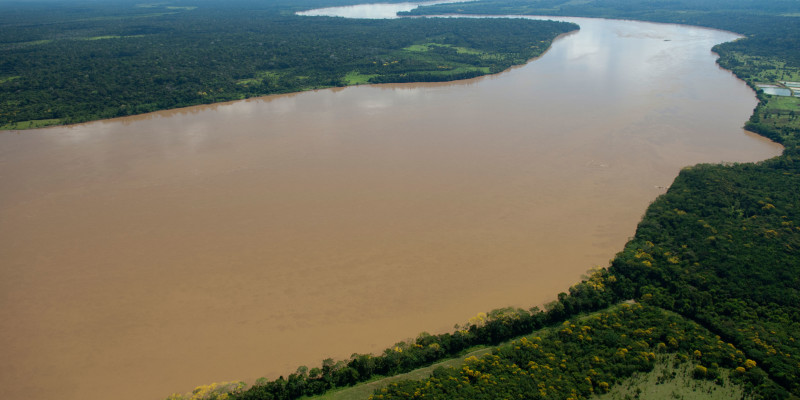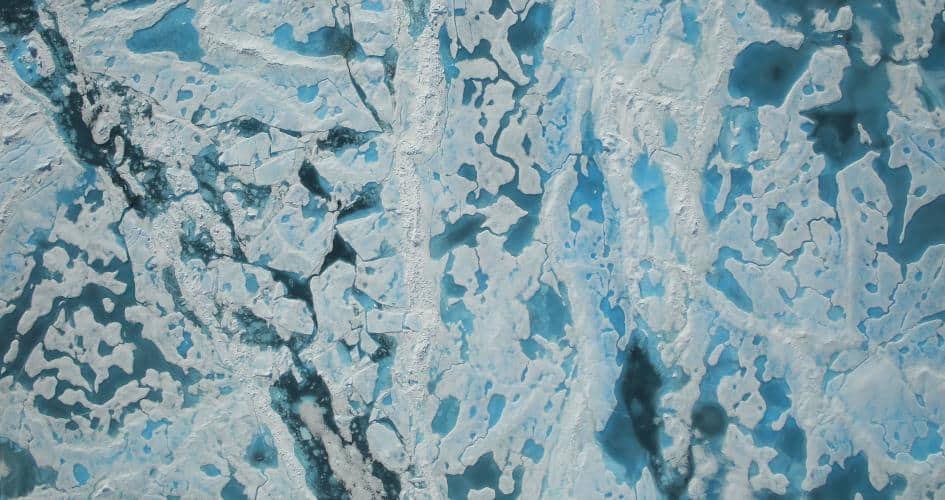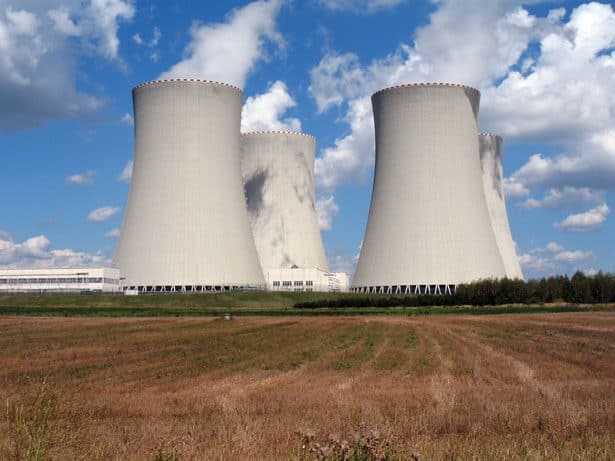Lots of of constructed and proposed hydroelectric dams could considerably hurt life in and across the Amazon by trapping the movement of wealthy vitamins and modifying the local weather from Central America to the Gulf of Mexico. These findings, printed in Nature, emerge from a multidisciplinary, worldwide collaboration of researchers from 10 universities, led by scientists at The College of Texas at Austin.
To fulfill power wants, financial builders in South America have proposed 428 hydroelectric dams, with 140 presently constructed or below building, within the Amazon basin — the biggest and most advanced community of river channels on this planet, which sustains the best biodiversity on Earth. The rivers and surrounding forests are the supply of 20 p.c of the planet’s recent water and beneficial substances utilized in trendy medication.
Whereas these hydroelectric dams have been justified for offering renewable power and avoiding carbon emissions, little consideration has been paid to the key disturbances dams current to the Amazon floodplains, rainforests, the northeast coast of South America and the regional local weather, the researchers mentioned.
Rivers within the Amazon basin transfer like a dance, exchanging sediments throughout continental distances to ship vitamins to “a mosaic of wetlands,” mentioned Edgardo Latrubesse, UT Austin geography and the environment professor and lead writer of the research. Sediment transported by rivers gives vitamins that maintain wildlife, contribute to the regional meals provides and modulate river dynamics that end in excessive habitat and biotic variety for each aquatic and nonaquatic organisms.
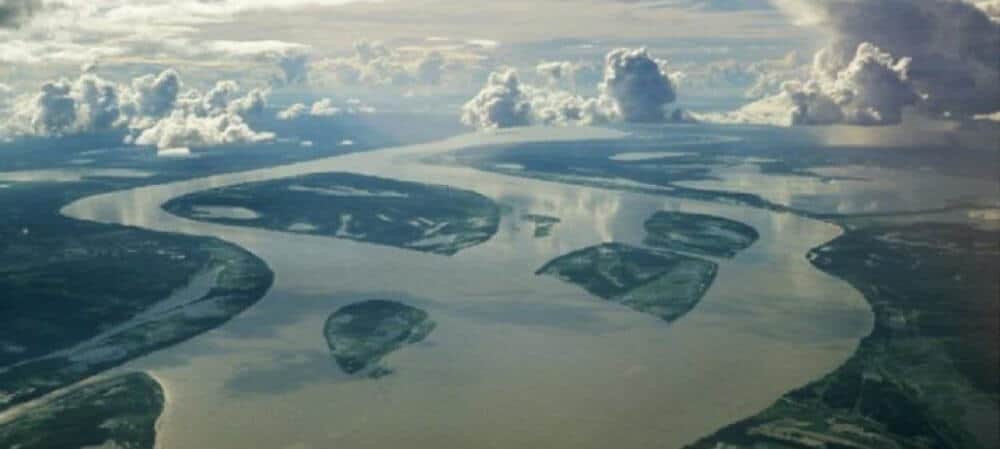
“Individuals say ‘oh one other dam, one other river.’ It’s not. It’s the Amazon,” mentioned Latrubesse, who’s a college affiliate of the Teresa Lozano Long Institute of Latin American Studies. “We’ve to place the dangers on the desk and alter the best way individuals are wanting on the drawback. We’re massively destroying our pure sources, and time urges us to seek out some rational alternate options for preservation and sustainable growth.”
Within the research, Latrubesse and collaborators launched the Dam Environmental Vulnerability Index (DEVI), which was developed to find out the present and potential impacts of dams on rivers and their ecosystems within the Amazon basin. DEVI values quantify on a scale of zero to 100 an space’s vulnerability to potential land use change, erosion, runoff air pollution, trapped sediment and general modifications to river methods as a consequence of dams.
“To not have an built-in method is to disclaim how nature works within the Amazon basin,” mentioned Victor Baker, College of Arizona Regents’ Professor of Hydrology and Atmospheric Sciences and co-author of the research.” Our position is to indicate how nature works and that nature is built-in.”
Researchers discovered that most of the present dams are positioned in areas of excessive sediment yield, such because the Andean Cordillera, which gives greater than 90 p.c of the detrital sediment to your entire system.
The Marañon and Ucayali rivers are probably the most weak on this space (DEVI of 72 and 61, respectively), with 104 and 47 dams deliberate or constructed dams on every river, respectively. The researchers estimated 68 to 80 p.c of the realm upstream of the lowermost deliberate dam in these rivers will stay unprotected from dam affect, modifying the rivers’ dynamics, altering the creation of oxbow lakes and branches, reducing floods and floodplain sediment storage, and placing 1000’s of species of birds, fish and bushes in danger.
The Madeira River, which accounts for about half of the Amazon River system’s whole sediment transported from Bolivia and Peru and is house to probably the most numerous fish inhabitants within the Amazon, has the best DEVI values (larger than 80) and faces excessive dangers of potential land use change, erosion, runoff air pollution and trapped sediment. Right here, two large dams have been just lately constructed, the Santo Antônio and Jiaru dams, which led to a 20 p.c lower within the common sediment focus within the Madeira regardless of unusually excessive flood discharges in 2014 and 2015. Researchers anticipate a larger quantity of the nutrient-rich sediment to quickly be trapped by the extra trapping impact of 25 dams deliberate additional upstream.
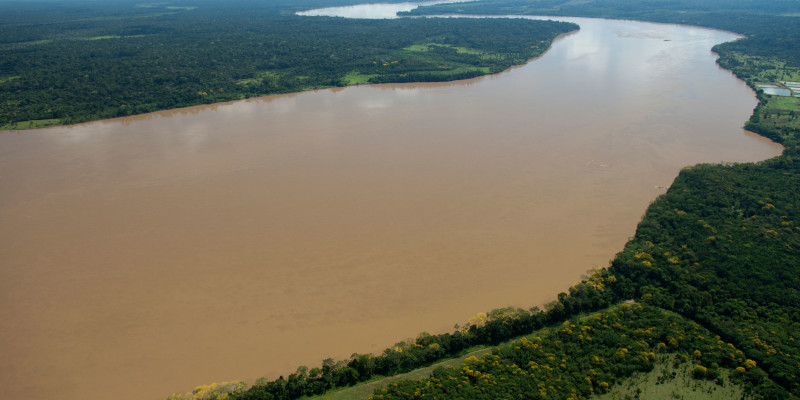
Different massive rivers within the central highlands of Brazil are additionally being impacted, the researchers mentioned. Investigation of the Tapajós River — the place the primary riverstem has not but been immediately disrupted, however 28 dams have been just lately constructed in its main tributaries — confirmed that the river and all its main tributaries will probably be impounded if builders transfer ahead with 90 proposed dams and deforestation continues at its present charge.
“Take into consideration placing dams within the Mississippi connecting synthetic lakes from Memphis to New Orleans,” Latrubesse mentioned. “It could be a scandal as a result of it wouldn’t be sustainable. However that is what’s proposed for the Tapajós River.”
Baker confused that the Amazon is “a very powerful river basin on the planet. It’s a microcosm of our problems with in the present day involving setting, power and well being of the planet.”
Amazon sediments nourish the biggest preserved mangrove area of South America, alongside the shoreline of northeast Brazil and the three Guianas, and past research has proven the sediments have an effect on rainfall and storm patterns from the Amazon basin to Gulf of Mexico, Latrubesse mentioned.
“The dimension of the impacts may be not solely regional, but in addition on an interhemispheric scale,” Latrubesse mentioned. “If all of the deliberate dams within the basin are constructed, their cumulative impact will set off a change in sediment flowing into the Atlantic Ocean which will hinder the regional local weather.”

